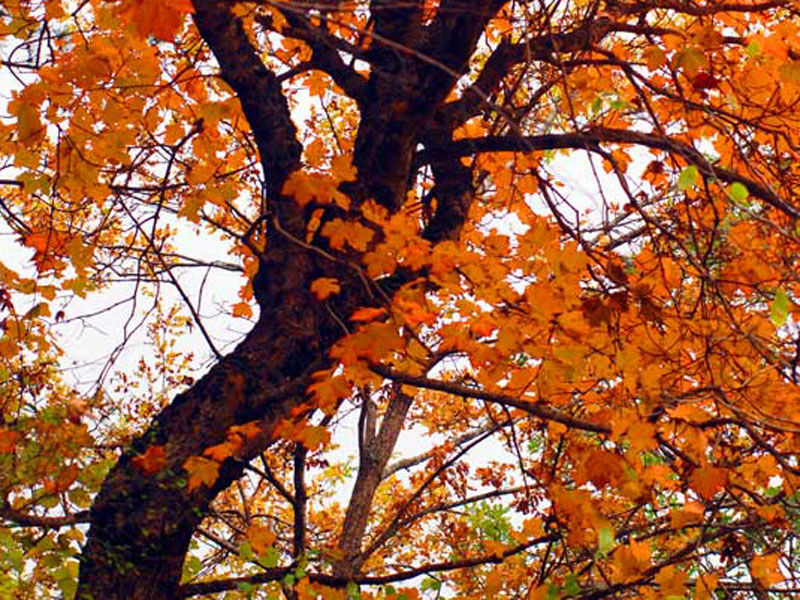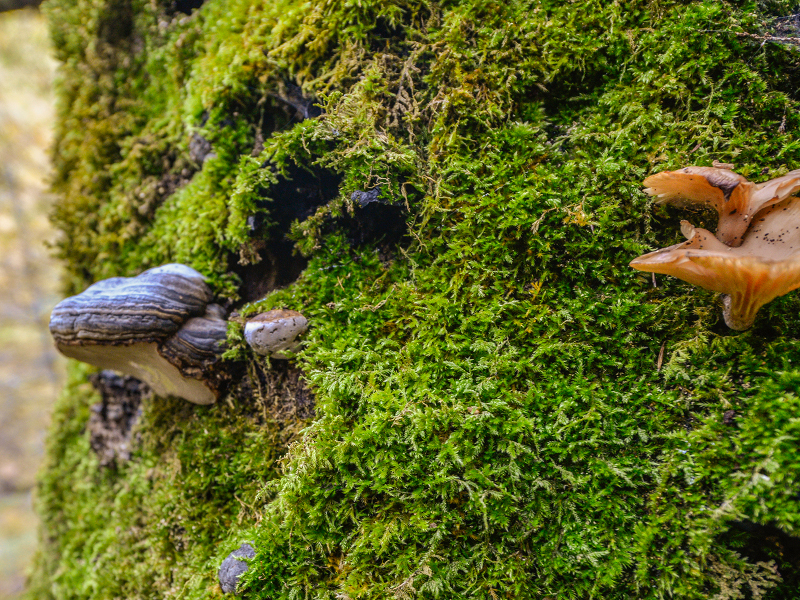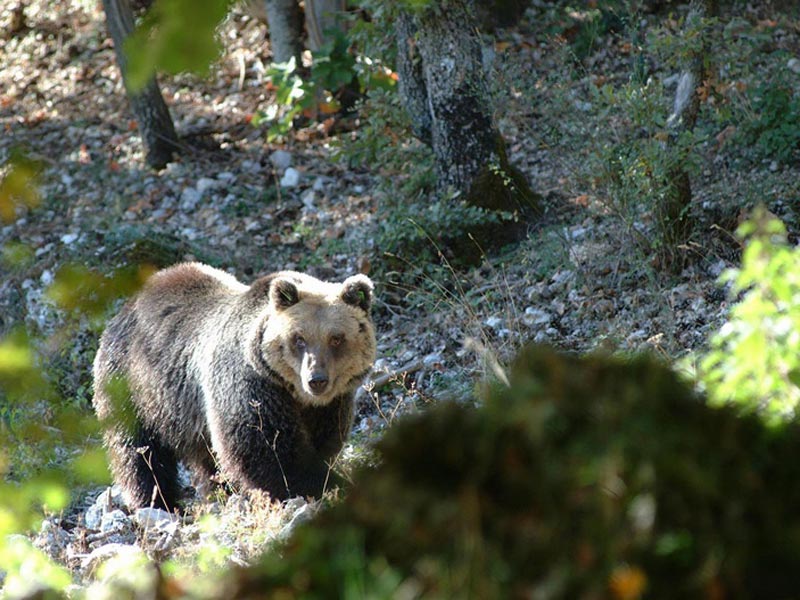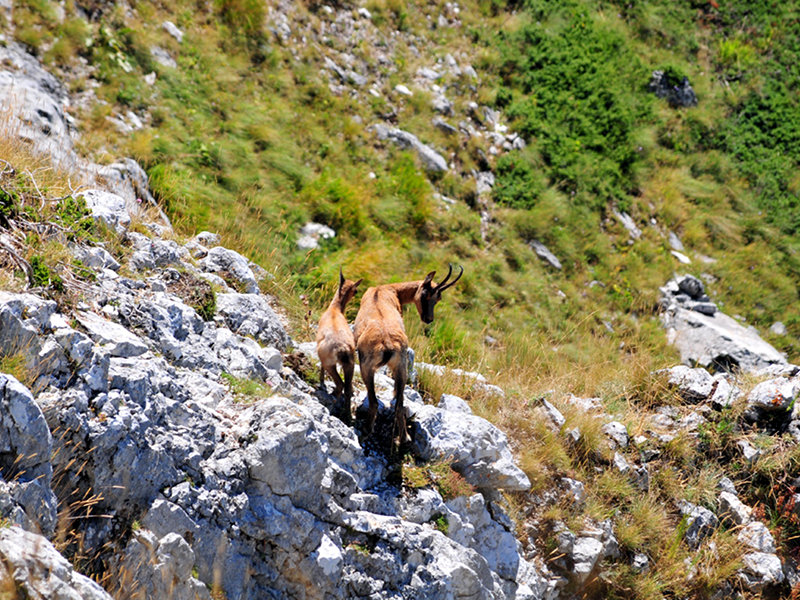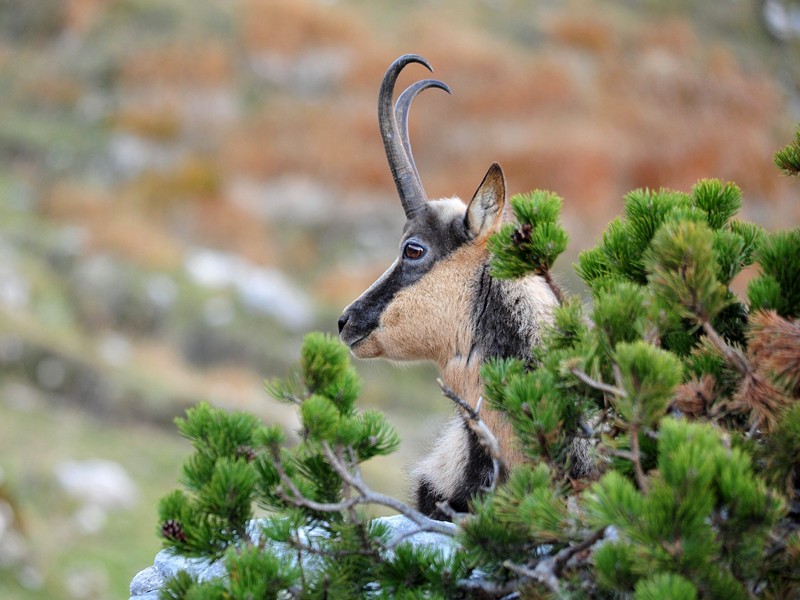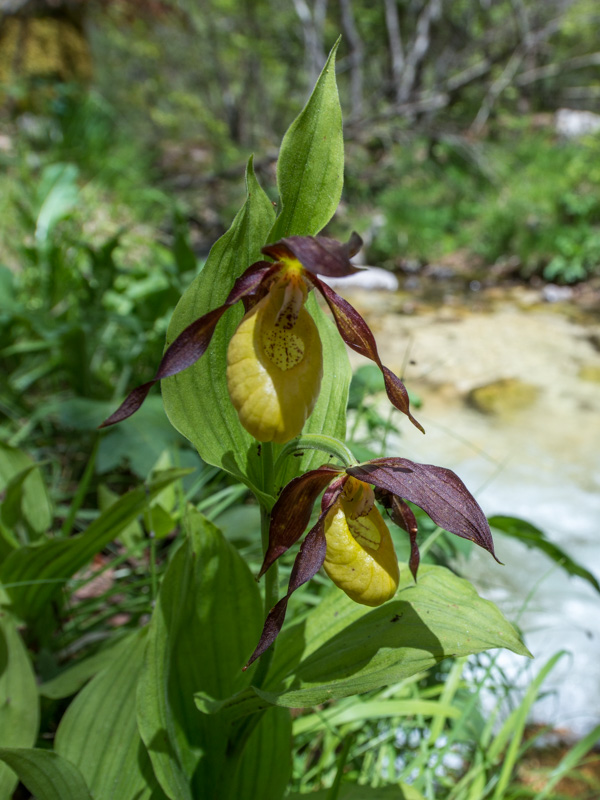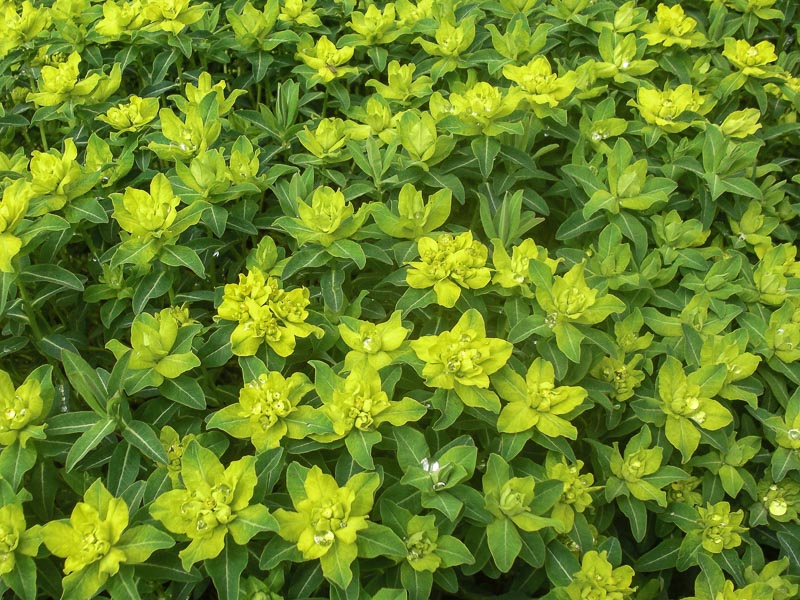Parco Nazionale d'Abruzzo, Lazio e Molise
www.parcoabruzzo.itProtected Area
Identity Card
- Abruzzo, Lazio e Molise National Park:
- Land Surface Area: 50'500.00 ha
- Protected flora: 3 species (Italian text)
- Protected wildlife: 82 species (Italian text)
- Habitats: 25 types (Italian text)
- Regions: Abruzzo, Lazio, Molise
- Provinces: Frosinone, Isernia, L'Aquila
- Municipalities: Alfedena, Alvito, Barrea, Bisegna, Campoli Appennino, Castel San Vincenzo, Civitella Alfedena, Filignano, Gioia dei Marsi, Lecce nei Marsi, Opi, Ortona dei Marsi, Pescasseroli, Picinisco, Pizzone, Rocchetta a Volturno, San Biagio Saracinisco, San Donato Val di Comino, Scanno, Scapoli, Settefrati, Vallerotonda, Villavallelonga, Villetta Barrea
- Establishment Measures: RDL 257 11/01/1923 - DPR 10-1-90 - DPCM 26-11-93 - DPR 24-1-2000
- PA Official List: EUAP0001
- Rivers: Sangro, Giovenco, Volturno, Malfa
- Lakes: Barrea, Vivo, Pantaniello, Scanno, Montagna Spaccata, Castel San Vincenzo, Grottacampanaro, Selva di Cardito
- Summits: Petroso (2,249 meters), Marsicano (2,245 meters), Meta (2,242 meters), Tartaro (2,191 meters), Jamiccio (2,074 meters), Cavallo (2,039 meters), Palombo (2,013 meters)
- Fauna: Marsican Brown Bear, Apennine Wolf, Abruzzi Chamois, Lynx, Deer, Roe Deer, Pine Marten, Wild Cat, Golden Eagle, White-backed Woodpecker, Golden Owl, Raven, Coot, Grey Heron, Orsini's Viper, Yellow-bellied Toad, Brown Trout, Rosalia alpina
- Flora: Beech tree, Black poplar, Birch, Yew, Mountain Maple, Ash tree, Cornel tree, Laburnum, Yellow Lady's Slipper, Iris Marsica
- Visitor Centers: Pescasseroli (Nature), Civitella Alfedena (Wolf), Villetta Barrea (Water), Opi (Chamois), Bisegna (Deer), Castel San Vincenzo (Apennine wildlife), Scapoli (Bagpipe), Pizzone (Bear), Villavallelonga (Bear), Ortona dei Marsi (Flora and Insects), San Donato Val Comino (Geology), Campoli Appennino (Bear), Picinisco (Nature by night)
- Wildlife Areas: Pescasseroli (Wildlife Park), Civitella Alfedena (Wolf and Lynx), Opi (Chamois), Villavallelonga (Bear and Deer)
- Park Authority: Ente Parco Nazionale d'Abruzzo, Lazio e Molise
- Further managed Protected Areas:
- Sito d'Interesse Comunitario Gruppo della Meta - Catena delle Mainarde
- Zona di Protezione Speciale Parco Nazionale d'Abruzzo, Lazio e Molise ed aree limitrofe
- Zona Speciale di Conservazione Cime del Massiccio della Meta
- Zona Speciale di Conservazione Parco Nazionale d'Abruzzo
- Zona Speciale di Conservazione Pendici di Colle Nero
- Zona Speciale di Conservazione Val Canneto
- Zona Speciale di Conservazione Vallone Lacerno (fondovalle)
The Park
The most ancient among the Parks of the Apennines has played
an essential role in the preservation of some of the most important
species of the Italian fauna: Marsican Brown Bear, Abruzzi Chamois, and
Wolf. Two thirds of the territory are covered with beech tree woods
which represent one of the largest continuous extensions of the whole
Apennine area, rich in ancient specimens allowing the presence of
animals like the Lilford White-backed Woodpecker. The reintroduction of
the deer and of the roe deer and the return of the wild boar gave the
opportunity to rebuild, together with the great carnivores, the
original food chains. Above the beech tree wood, the high-mountain
stony grounds house formations of Swiss Mountain Pine, very rare in the
Apennines, and a great number of species linked to these extreme
environments, often relicts of the vegetation dating back to the
glacial ages or endemic and localized species.
The success of Abruzzo, Lazio and Molise National Park lies also in the fact that it has been able to combine the conservation
of the natural environment with the social-economic development of the
local communities. The several Visitor Centers, the Wildlife Areas,
the network of paths, and the other existing infrastructures have given
the opportunity to revitalize small historical centers of great value.
The Park Environment
The mountains of the Park present a varied and interesting environment in which gentle peaks, typical of the Apennines, alternate with steep slopes reminding of the Alpine landscape. The central area of the Park is crossed by the river Sangro, into which several streams flow; in the most outward area, the waters of the rivers Giovenco, Melfa, Volturno, and of other rivers run out. Because of the karstic phenomenon, the waters often run in underground beds and form resurgences at the bottom of the valley, sometimes also outside the Park territory. Within the Park there are two lake basins: the artificial lake of Barrea fed by the river Sangro, and lake Vivo, of natural origin. The latter is situated in a depression of tectonic origin at about 1,600m asl. Since it is partly fed by its own springs and partly by the melting of the snow, its size varies according to the season. In the past, the Park territory has been shaped by glacial and karstic phenomena, witnessed nowadays by the presence of glacial cirques in the upper part of the valleys, morainic deposits, heaps of stones along the valleys, caves, fractures, and dolines. The rocks of the Park are mainly of calcareous origin. In the area of Camosciara there is the dolomite rock, a kind of waterproof rock enabling the water to flow on the surface, creating picturesque waterfalls and water pools.
Fauna
The Park wildlife offers examples of exceptional value, with species which alone could justify the existence of the protected area
After years of intolerance and persecution, this area is now defended as a whole, thanks to the educational and safeguard activities carried out by the Park Authority during the latest years. Visitors will not easily sight animals, because they are mainly fleeing, elusive, and cautios, maybe because they remember the negative experience they had with men. However, in some seasons of the year and in particular circumstances (peacefulness, silence, and respect of the environment), it is possible to observe also the most spectacular and representative animals of the Park, like the Abruzzi Chamois, the Marsican Brown Bear, the Wolf, the Red Deer, and the Golden Eagle. Today the Park houses a great variety of animals which lived in the past in a much larger area of the Apennines: 60 species of mammals, 300 of birds, 40 of reptiles, amphibians, and fish, and several species of insects including important endemic species.
Flora
The Park flora is so rich and interesting that it has always been object of study.
It is possible to list on the whole about 2,000 species of superior plants, that is without considering musks, lichens, algae, and mushrooms.
Among the floristic peculiarities, Iris marsica stands out, an endemic species growing only in some locations and blooming between May and June. Moreover, there are several and multicolored orchids: the most beautiful, big, and rare is without a doubt the Yellow Lady's Slipper (Cypripedium calceolus), blooming in the most concealed corners between May and June.
Another rarity is represented by the Black Pine of Villetta Barrea (Pinus nigra), a relict species probably dating back to the Tertiary period; it is an exclusive variety of the Park which can be found in some areas of Camosciara and of Fondillo Valley. Among the spontaneous conifers there is the Swiss Mountain Pine (Pinus mugo), a glacial relict covering the vegetation strip between the beech tree wood and the high-mountain grassland, which can also be found mainly in the area of Camosciara.
However, the dominating vegetal landscape consists of beech tree forests: the scientific name of this species, Fagus syIvatica, recalls its spontaneous origin on the mountains of the Italian Apennines, where the presence of beech trees dates back to dozens of centuries ago.
As a matter of fact, the beech tree is the most common tree in the Park and generally grows between the 900 and the 1,800 meters of height. The beech tree woods cover more than 60% of the whole Park surface and concur in creating a landscape rich in colors, varying according to the season.
The high-mountain grasslands - which together with meadows and clearings cover more than 30% of the total Park surface - are typical of the upper part of the mountains and cover ridges and peaks around the 1,900-2,000 meters of altitude. Here vegetation mainly consists of various species of Gramineae and Cyperaceae, together with the yellow gentian and many other species during the warm season: gentian, gentianella, primerose, cyclamen, violet, anemone, scilla, lily, orchids, saxifrage, buttercup, woodruff, toothwort, ophrys, hellebore, liverwort.
Among the particularly showy flowers, there are the Fire Lily (Lilium bulbiferum croceum) typical of dry and sunny slopes, the Common Turk's Cap Lily (Lilium martagon) growing in the less thick beech tree woods, the Aquilegia ottonis, abundant in the grazing lands and in the uncultivated lands, the Gentiana dinarica, of an intense blue, and the above-mentioned Iris marsica.
The most famous flower of the Park is without a doubt the Yellow Lady's Slipper (Cypripedium calceolus), a yellow and black orchid growing in the heart of the strict reserve, and relict of far epochs. This plant, also growing in Alpine locations, risks extinction because of the vandalistic and useless gathering by tourists; it is therefore necessary to adequately protect it.
Further information (Italian text)





